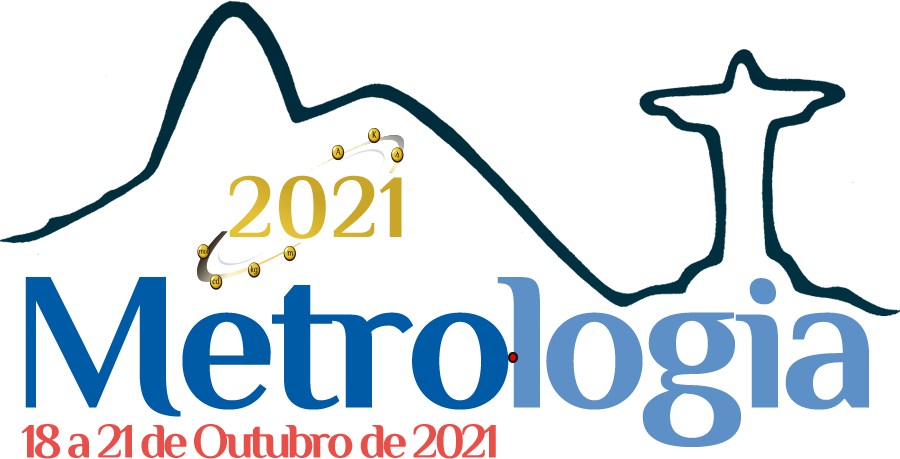ARTIGO
Autores: Vinícius Tostes Seixas, Carlos Roberto Hall Barbosa, Elisabeth Costa Monteiro
Resumo:Noninvasive magnetic mapping for locating non-ferromagnetic metallic foreign bodies, such as firearm projectiles, has a promising application for guiding accurate surgical removals. The strategy consists of inducing eddy currents in the metallic object by applying an external alternating magnetic field. A secondary magnetic field generated by the induced currents in the foreign body can be detected by a high-sensitivity transducer. Previously proposed systems presented constraints to the measurement capability of the transducer imposed by the primary magnetic field interference on their sensing elements. Overcoming these limitations, this work proposes a new configuration of the system that decouples the excitation and measuring stages, arranging their elements symmetrically to generate a spatial distribution of the field lines in such a way that adequate magnetic flux density levels are produced in the region of the foreign body, with values nearly not-detectable at the sensor location. Thereby, the secondary field generated by the induced eddy currents can be amplified, allowing the detection of smaller fragments located at greater depth distances from the skin. The measuring system concept, the spatial distribution of the primary and secondary magnetic fields, and the new approach’s performance to localize foreign bodies are presented.
